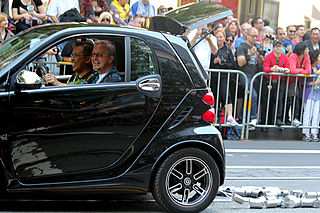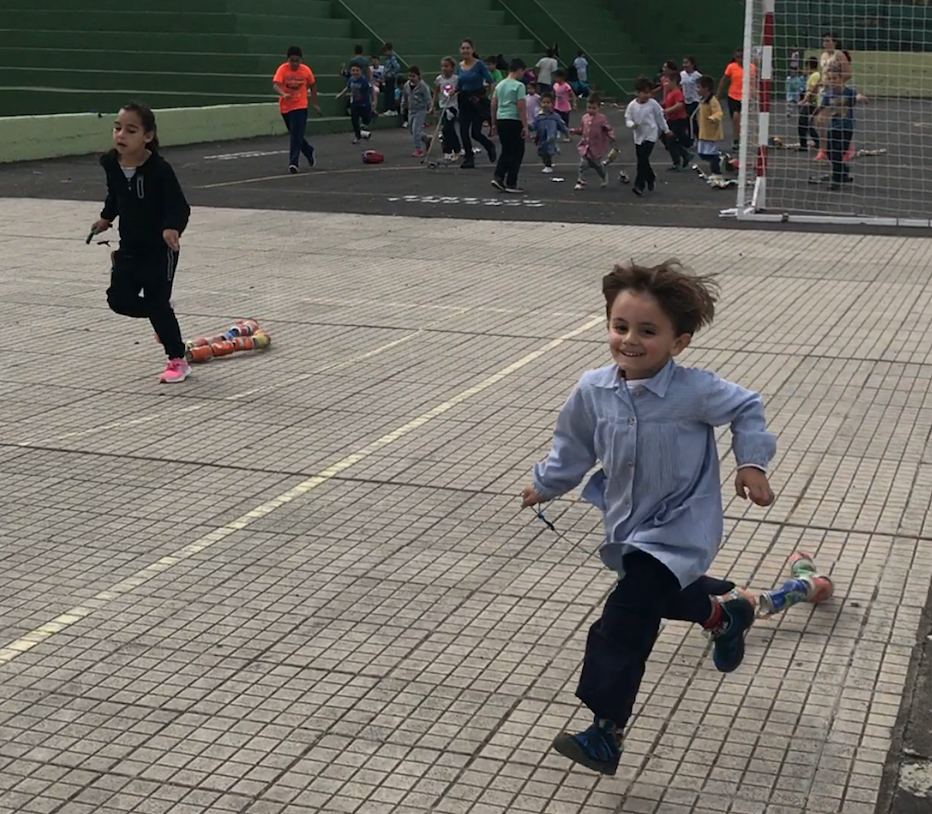You mean “Gua Gua.”
“Huh”
“That’s what we call a bus…”
Living in the Canary Islands, I’m repeatedly told by the locals what is Spanish and what is Canarian. Light hearted differences to set them apart from the rest of the Spanish speaking regions. Spain, like America, has many unique areas with their own heritage. Based on what I’ve seen so far, San Andrés, the Spanish Canarian Holiday, is the ultimate demonstration of their beautiful culture.
San Andrés Holiday – Wednesday November 29 2017
Starting in the fall, my school starts to collect all the chestnuts from the chestnut trees around the campus.
In the last week of November, the north of Tenerife holiday spirit comes alive. San Andrés time! Posters around the north make note of the upcoming celebrations in Icod and La Orotava.
Roasting Areas are set up in the city central plazas. Large metal smoker bins in the corner of sunny hot coastal plazas. Some days I walk by with a tank top, shorts and flip flops with a disbelief that people would be roasting anything in this heat.
Cacharros y Castananas – Tins and Chestnuts
What are Cacharros? Somewhat reminding me of the tin cans strung on a “Just Married” car,  the Northern Tenerifian residents create these loud tin strings for their kids.
the Northern Tenerifian residents create these loud tin strings for their kids.
CLINK & CLANK!
The louder the better.
In the past times, it wasn’t uncommon to see people pulling old washers and bathtubs through the street.
CLINK & CLANK!

Icod, La Orotava, and Puerto Del Cruz -The North of Tenerife
Even more unique to the North, are the traditions within each city.
La Orotava – cacharros. A noise maker you can run with. Tins + String.
Icod, las tablas. Flat wooden boards waxed for kids to slide down cobblestone streets. The North echos loud sounds of tins and boards.
Parents pass down the wooden tables from their youth to their children. Or, they help build faster ones.
Dangerous? Yes. Exciting? Very.

Mouth Open in disbelief. Its striking to see children doing dangerous activities in the streets while parents casually relax nearby. At one point I see a blind kid go down a table with a someone sitting behind him slowing down the cart towards the bottom of the street. Anyone and everyone gets a turn for glee.
The one safety measure is a pyramid of tires to catch the out of control, fast and furious table sliders. Sporadically, I see tires bouncing up into the air.
Chestnuts Roasting
During the day of San Andrés, our school cancels afternoon classes and instead roasts chestnuts for 3 hours. All the children make cones to hold the hot and smokey chestnuts. I spend an hour peeling chestnuts for 3-4 year olds. In the background, older children run around with their cacharros.
In the evening in La Orotava, families take it to the streets. Adults and children all tow their loud noises makers through the cobblestone streets.
Louder than a recycling center.
Clinking and clanking.
3 year old with a string of coca cola cans almost trips over herself. Another family walks together with a large wooden bar followed by oil drums bouncing loudly. Every person in the town is smiling.
Where Does it all come from?
I am not a historian or have any real knowledge of San Andres. My Canarian friends each tell me similar, yet different stories of San Andrés for La Orotava.
Version 1 of the story – Pots and Pans
When harvest season came around people wanted to celebrate. Wine makers would roll the large wine barrels throughout the street and the metal rims would hit the cobblestones and make these loud noises we replicate today. Kids would run around with pots and pans banging around to signal to others it’s time to party.
Version 2 of the story – Corre la Cacharros
In prep of new wine, winemakers would need to clean the barrels. So they would take the old barrels out and roll them down the hills all the way to Puerto De La Cruz for a good washing. All the barrels would go through the entire town and make the loud noises we hear today with the cacharros.
Version 3 of the story of San Andrés Cacharros
This is the version I was most confused about. When asked what San Andres had to do with chestnuts and wine… I got many different answers. One person said its just because he’s the patron Saint of Santa Cruz de Tenerife. Another stated that this Another said that San Andres came to the island got drunk and kids tied pots and pans to him.
My theory is that the harvest coincided with All Saints Day – so San Andres was the lucky one to receive this tradition.
Do you need another Reason to Visit La Orotava, Tenerife?
Besides the weather. Besides the views. Besides Me… I encourage everyone to visit this island to witness unique culture and traditions. Come now before its too late.
It’s sad, but this tradition is fading. Older folks are quick to tell me that decades ago, you would see sinks, tubs, washers, all day banging around the town. Now its only in schools and then about 2 hours in the evening.
Thinking of somewhere to go next Thanksgiving?
Come to the Canary Islands for the warm weather, and stay to eat chestnuts while kids run around with loud cacharros and slide down the streets and crash into tires.
Last but not least, here’s another video of the homemade table a kid brought to school. As you can tell, I am newbie scardy cat. Please let me off of this thing!
